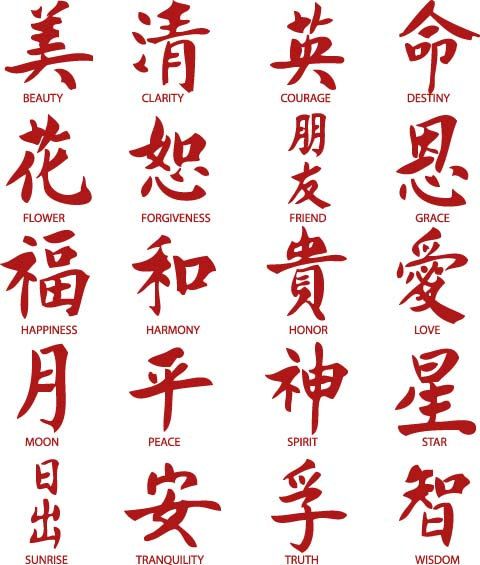Traditional Chinese, a Chinese writing system traditionally used in Chinese culture, has a history of over 2,000 years and had been the standard written Chinese commonly used among Chinese population across the world until the 20th century. Since the 1950s, the Mainland Chinese government introduced Simplified Chinese, which was simplified on the basis of Traditional Chinese. The Chinese officials named the traditional Chinese characters before simplification as “complex characters”, hence the retronym “Complex Chinese” refers to traditionally used Chinese characters. In foreign countries, it is still known as Traditional Chinese, and the simplified one as Simplified Chinese.
Zhonghua minzu (Chinese race) is a historic human race having a long-standing history, culture and tradition. The spreading and sustaining of her glamourous history mainly relies on Chinese characters, or more correctly, Traditional Chinese characters; hence, Traditional Chinese characters and Chinese history, culture and tradition are inseparable. This indissoluble combination gives an exceptional meaning to Traditional Chinese characters, which to a certain extent, is the pronoun of ancient Chinese civilization, symbolizing unification of the country, unity of the nation and the charismatic and long-established culture. Chinese characters are one of the three oldest writing systems in the world, among which only Chinese characters are still currently in use; hieroglyphs in ancient Egypt and cuneiform script used by Sumerian in Mesopotamia have already been lost in antiquity. More than that, Chinese characters are used by world’s largest population.
Furthermore, Chinese characters are esthetic objects. After thousands of years of transformation, scripts including oracle bone script, bronze script, seal script, clerical script, regular script, cursive script and semi-cursive script have been created, being developed into arts of calligraphy, seal carving and literomancy, promoting arts of Chinese painting, which brings about human’s esthetic and spiritual enjoyment. As a result, Chinese characters leave a highly-regarded esthetic impression in people’s mind, forming an incomparable esthetic psychology among other writing systems.
At present, Traditional Chinese is mainly used in Taiwan, Hong Kong, Macau and other overseas Chinese communities such as North America.

